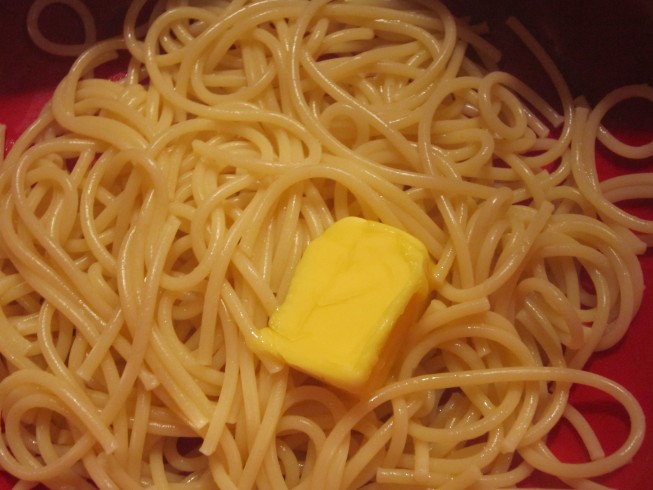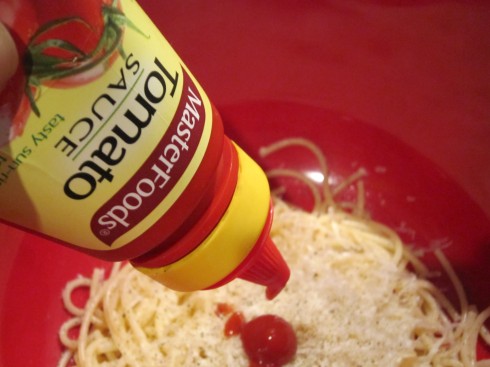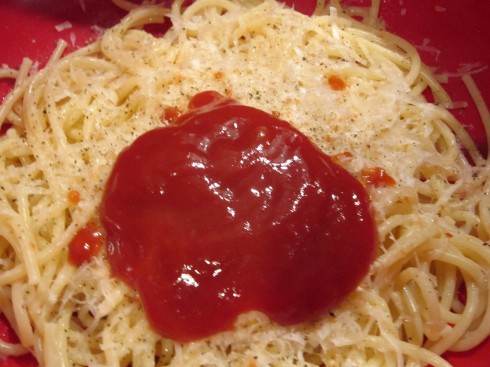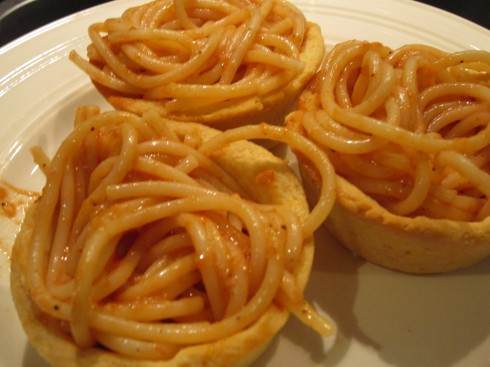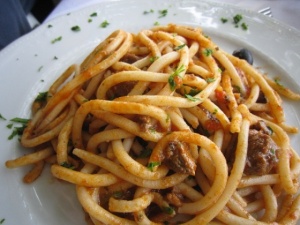Just when you think you know how 19th Century Australians cooked their pasta, along comes a recipe that changes everything.
Before we go on, however, you have to know there was no such thing as pasta in the 1800s – it was called macaroni. And it was most commonly cooked in a sweet pudding , much like a rice pudding, in a bake of some sort, like macaroni cheese, or as an accompaniment or garnish to different meats (ox tongue garnished with macaroni anyone?).
There were, of course, exceptions, mostly revolting-sounding ones which involved brown gravy and batter, but none are as exceptional and out of place as the recipe below:
Maccaroni Dressed with Oil.
Take two cloves of garlic, slice them very finely crosswise, and set them to boil in a gill of fine olive oil, adding during the process two or three anchovies, well washed and boned, and cut in small pieces, and a dozen or more olives, cut in two and stoned. When the slices of garlic assume a golden color, pour the whole over 1/2lb of boiled string maccaroni (Vermicelli or Spaghetti) well drained; mix well, and serve.
It comes from Australian Town and Country Journal in 1890 and, culinarily for its time, it’s a freak.
Not only does it contain garlic and olive oil – both at least a good seventy years away from real acceptance in the mainstream Australian pantry; it doesn’t contain any kind of protein – unless you count anchovies – which I don’t; and it mentions spaghetti – which, while not unheard of in this period, is rare. The recipe is not prefaced with it being Italian, or foreign or unusual in anyway. It’s just a normal recipe for normal housewives, unlike any others before it, and a good way ahead of any others that follow it.
Unfortunately, there’s no author given for the recipe and that is a real shame, because they should be congratulated for their foresight… of course, this could mean the recipe was plagiarised, in which case I take the congratulations back…
Bibliography
“Maccaroni Dressed with Oil,” Australian Town and Country Journal, 26 April 1890, 34.



